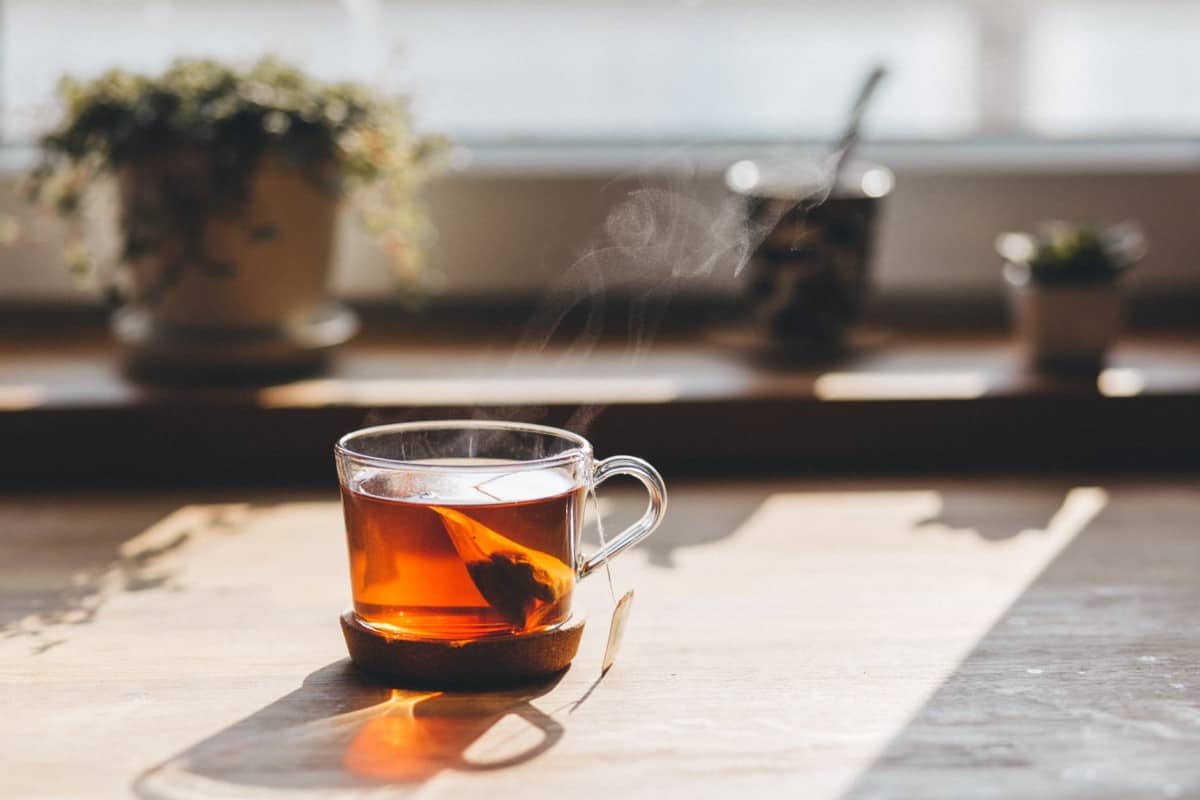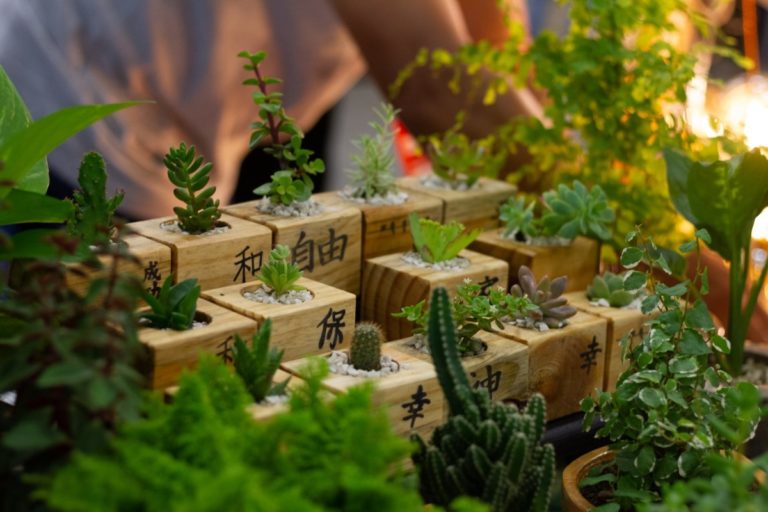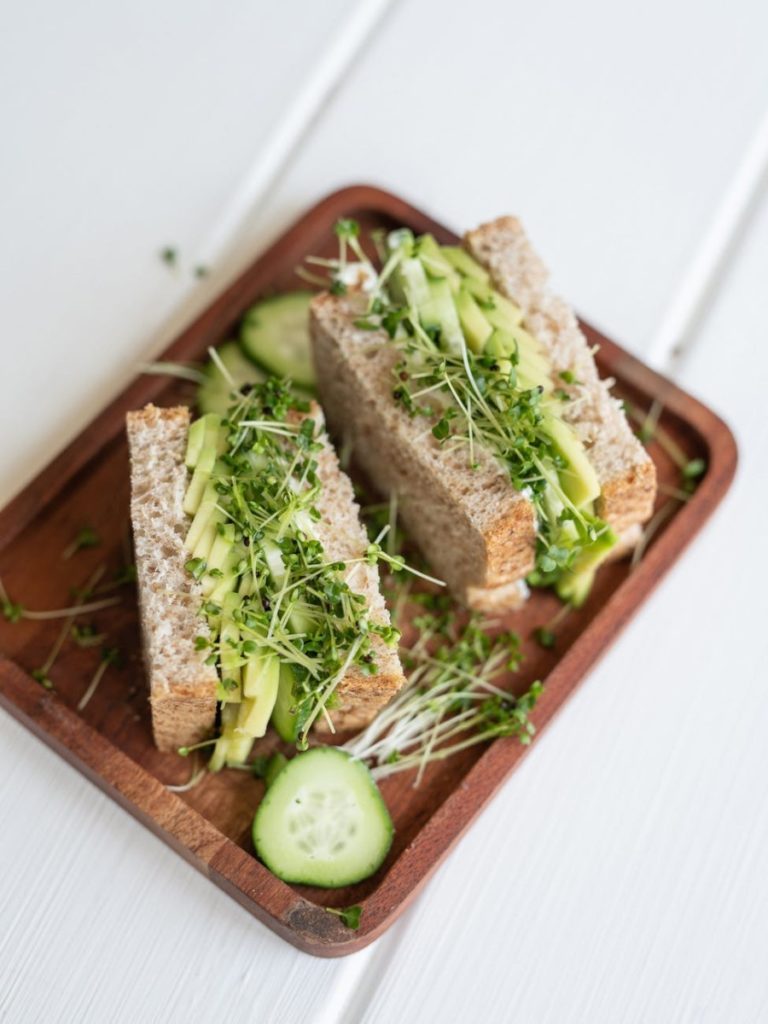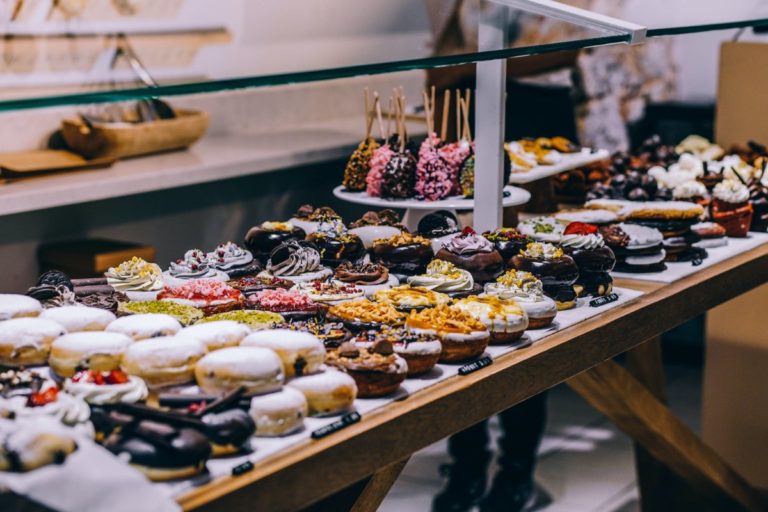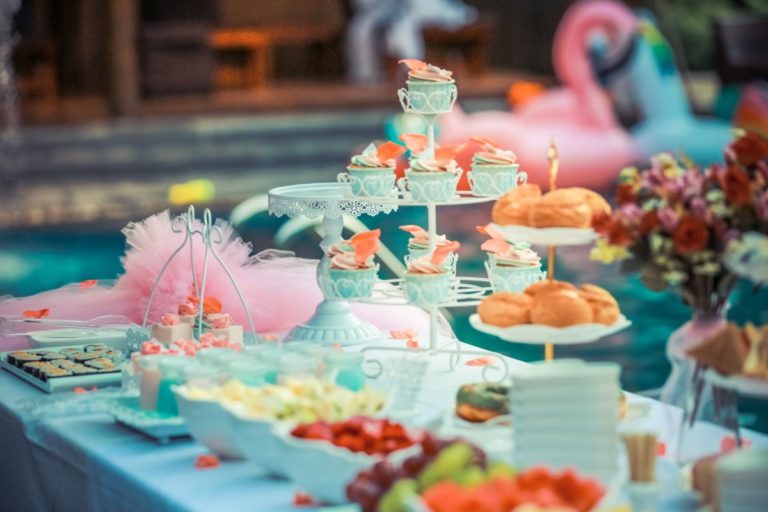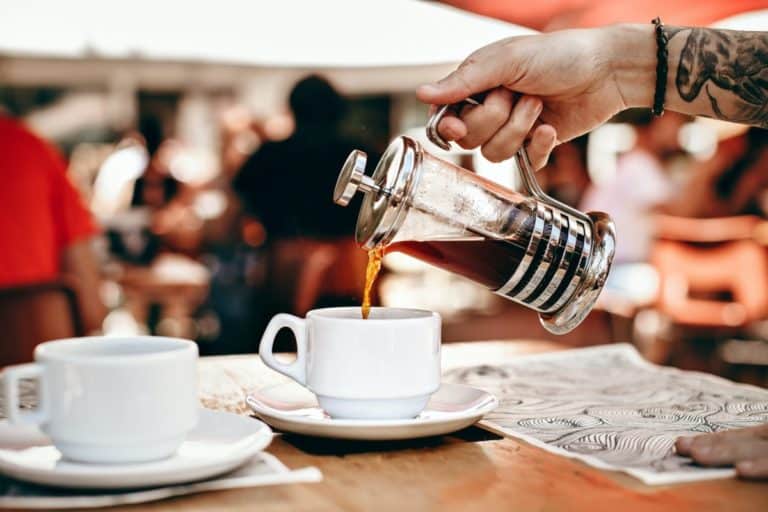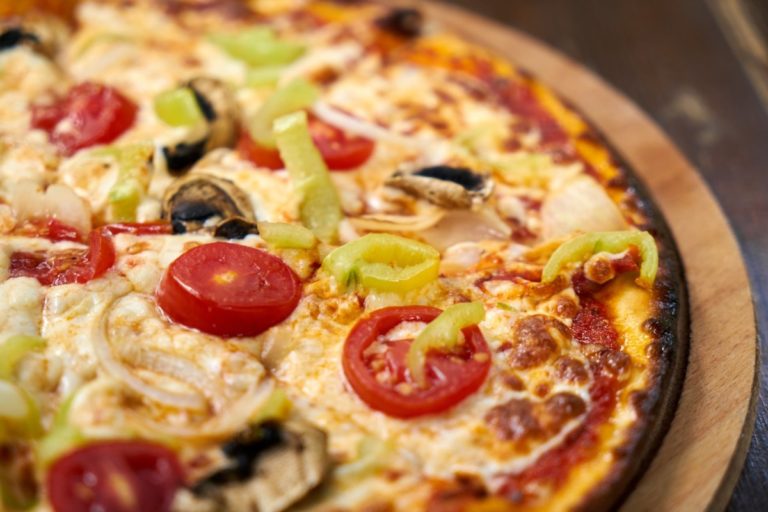How To Design A Small Home Tea Room? – 2022 FAQs
Tea-Rooms?
Tea rooms are the epitome of leisure and elegance in its most unadulterated forms. The Tea Room does not prioritise providing service for essentials in any way. Tea Rooms are unnecessary, and this is where they shine as one of their greatest strengths.
Tea rooms satisfy carnal wants, the type of demands that are often ignored in today’s contemporary society, while also giving a pleasant break from the frenetic activity of the world outside. Everyone who comes into contact with them is given a warm and protective embrace by them. They first satiate our cravings for something sweet with snacks, and then they revive us with tea.
But what precisely should one anticipate? The solution to your question is, in a word, a cream tea. That doesn’t really shed much light on the situation, does it? Then let’s see…
We have arrived at the following definition of a cream tea after much study and reflection, as well as after much meditation and indulging:
“A cream tea is a light meal usually consisting of scones, cream, jam and tea. Regional differences are varied and commonplace, however the key element in the cream tea remains the air of supreme luxury and this supercedes any differences in the details of the composition. The only other key feature is tea.”
What are the must-haves for a home tea room?
Check out the must-have items for any themed home tea room kitchen:
- Tea room chairs (including chair cushions)
- Tea table
- Tea of different variaties
- Flower arrangement
- Photos, relevant wall art or some simple themed decoration
- Tea cabinet
- Tea kettle, cups & other accessories
- Your favourite book, or magazine to go along with your favourite tea
What are some popular tea room interior design styles?
With the matching decoration, you can get your team room staged into one of these popular themes for the interior.
- English tea room
- Vintage tea room
- Victorian tea room
- Modern Japanese tea room
- Traditional Japanese tea room
- Chinese tea room
- Modern tea room
How does a traditional tea house look like?
Traditional tea houses are heavily influenced by the Japanese tea culture. The design of free-standing tea houses is heavily influenced by Zen philosophy. They were built mostly by Zen monks or by daimyo. The design sought simplicity and tranquility, so materials were limited to simple and rustic ones in the past. As for today, more innovative ones were evolved from traditional ones.
What colours go well in a tea room?
The colour you choose depends heavily on your theme. However, a soft, muddy red with underlying tones of blue will work wonderfully for your tea room for those who prefer softer tones of red. A traditional Victorian hue will work well in modern settings.
